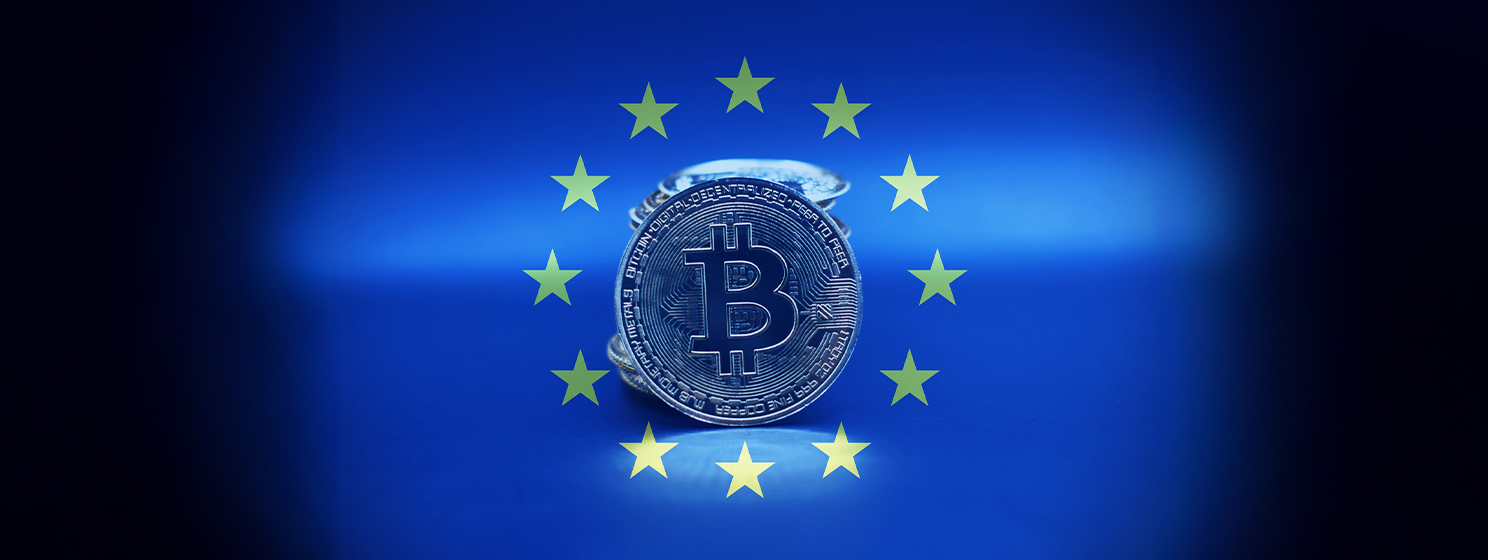|
Getting your Trinity Audio player ready...
|
The DLT Science Foundation (DFS) has announced the formation of the MiCA Crypto Alliance, an industry group formed to “streamline and enhance” compliance with the European Union’s Markets in Crypto-Assets (MiCA) regulation.
Launched on September 18, the MiCA Crypto Alliance was established by the DFS, a knowledge-sharing collaboration between academia, industry, developers and government to advance distributed ledger technology (the decentralized system for recording and sharing data across multiple locations that is the underlying technology of blockchain), in partnership with digital asset companies Hedera, Aptos Foundation and Ripple.
The alliance aims to foster cooperation between firms attempting to navigate the new and impeding obligations of the EU’s landmark MiCA regulation. Parts of it pertaining to stablecoins came into effect in July, while the broader regulations for ‘Crypto-Asset Service Providers (CASPs)’ will come into force in early 2025.
The regulation for CASPs will set strict disclosure obligations, including expecting centralized exchanges and digital asset firms to disclose the climate impact of operations through white papers and online descriptions accessible to the public.
“We are launching the MiCA Crypto Alliance, bringing together industry in the interest of coordination, setting best practices, and reducing costs. All the while ensuring access to the best, scrutinised crypto climate data,” according to the organization:
The alliance will provide members with “exclusive access to advanced tools and resources for sustainability assessment and white paper development,” which includes launching standardized templates for sustainability disclosures to help CASPs and regulated entities comply with the regulation.
“The DLT Science Foundation (DSF) is proud to support the launch of the MiCA Crypto Alliance, with Hedera, Ripple and Aptos Foundation, as founding members,” said a DSF statement. “This groundbreaking association brings together some of the most influential players in the blockchain space, and is aimed at streamlining and enhancing compliance with the Markets in Crypto-Assets (MiCA) regulation, with a view to fostering a sustainable and compliant crypto ecosystem.”
The EU’s MiCA regulation will be fully implemented by January 2025 and will provide a regulatory framework for the digital asset market, focusing on ensuring transparency, consumer protection and market integrity.
What is MiCA?
MiCA passed its final vote in the EU parliament in April of last year, and a month later, on May 31, European Parliament President Roberta Metsola and Swedish Rural Affairs Minister Peter Kullgren officially signed it into law.
MiCA was designed to bring digital assets, issuers and service providers under a broad regulatory framework. This includes CASPs, such as digital asset exchanges and wallet providers, needing to obtain a license from national regulators to offer services to EU citizens; new classifications for different digital assets, and rules specific to those assets; proof-of-funds requirements for stablecoin issuers; and the requirement for any company seeking to issue digital assets/coins to publish a white paper containing information about the project, such as possible risks.
Last July, the European Securities and Markets Authority (ESMA), the EU’s financial markets regulator and supervisor, published its first consultation package under the MiCA regulation, introducing proposals on how digital asset firms should handle complaints and conflicts of interest.
The 158-page July 11 consultation was the first major set of proposals after MiCA’s passage into law, which gave ESMA more powers to regulate the digital asset space.
In terms of environmental obligations, an area in which the MiCA Crypto Alliance is particularly focused on assisting, MiCA mandates that CASPs must disclose detailed information about the sustainability of their operations, including the energy consumption and carbon footprint associated with the production and use of digital assets.
These mandates, along with the other broader provisions for CASPs and other types of digital assets, will come into force in January 2025. However, certain aspects of MiCA are already in effect.
Stablecoin regulation
On June 30, MiCA’s stablecoin rules came into force, bringing with them new obligations for issuers of asset-referenced tokens (ARTs) and E-money tokens (EMTs); the former being stablecoins that purport to maintain a stable value by referencing another value or right, the latter stablecoins pegged to a fiat currency.
Specifically, issuers are now required to be authorized by the central bank and to publish a white paper containing information on the relevant token for investors; there are new conduct and governance requirements around marketing, disclosure of information and dealing with conflicts of interest; prudential requirements to ensure sufficient liquidity and the ability to meet redemption requests; and no stablecoins can be offered to the public or admitted to trading unless the issuer is authorized in the EU and publishes a ‘white paper’ approved by the National Competent Authority (NCA).
Issuers of EMTs must also comply with existing EMD 2 obligations, which include informing authorities on how they safeguard funds received in exchange for e-money issued, ensuring they can “redeem at any moment and at par value” the monetary value of the e-money held, e-money institutions must hold initial capital of not less than EUR 350,000 (US$390,688) at the time of authorization, and e-money institutions are subject to anti-money laundering (AML) legislation.
Some ARTs or EMTs may also be considered significant due to their size, or other factors, and thus present an increased systemic risk.
Under MiCA, a stablecoin is classified as significant or systemic if it meets any three of seven criteria, including having more than €5 billion (US$6.28 billion) in reserves, over 10 million users, or processing over €500 million (US$558.12 million) daily. Other considerations include whether it’s interconnected with the financial system and if it’s used for payments on a global scale.
Stablecoins classified as significant, or systemic, are subject to additional measures comparable to the regime applied to classify global systemically important banks, which is why the European Banking Authority (EBA) was also handed supervisory responsibilities for issuers of such stablecoins.
Watch: Breaking down solutions to blockchain regulation hurdles

 12-17-2025
12-17-2025 




